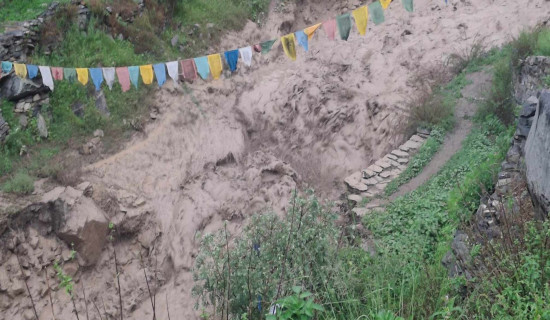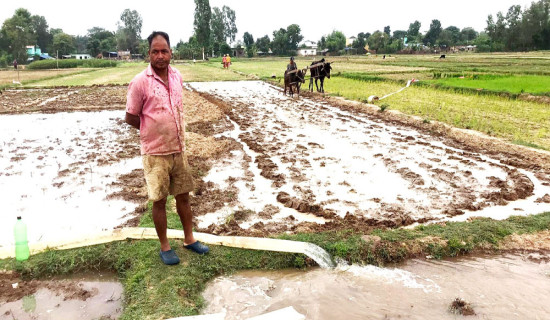- Wednesday, 30 July 2025
With onset of monsoon, dengue cases surging steadily
By Pallav Bhusal,Kathmandu, June 14: With the arrival of monsoon season, public health concerns are mounting nationwide with a steady rise in dengue infections. Health authorities have confirmed that dengue cases are now being reported from almost every corner of the country, with highest number of cases in the Kathmandu Valley.
According to the data from the Epidemiology and Disease Control Division (EDCD), 1,295 dengue infections were recorded across Nepal between January 1 and June 12. These cases have been confirmed in 72 districts, with Kathmandu reporting the highest number of infections at 136.
Likewise, 30 cases are reported from Bhaktapur, 20 from Lalitpur, 92 from Kaski, six from Bara, 87 from Sunsari, 62 from Chitwan, 59 from Palpa, 50 from Rupandehi, seven from Rukum West, 37 from Kanchanpur, and 32 from Dang.
Health officials are bracing for what they have said could become another difficult dengue season, with experts predicting the next four months, July to October, as the most vulnerable period.
Nepal experienced deadly dengue waves, including outbreaks in 2022 and 2023, when infections spread to all 77 districts, killing dozens and overwhelming healthcare facilities.
While the numbers this year have remained comparatively lower so far, experts warn that the risk is higher. The onset of monsoon means increased water stagnation, ideal breeding grounds for Aedes aegypti and Aedes albopictus mosquitoes, the known carriers of the dengue virus.
“The monsoon has just started, and patients are already increasing. Looking at previous patterns, the risk will surely grow in the coming months,” said Spokesperson for the Health Ministry, Dr. Prakash Budhathoki.
In response, the Ministry of Health and Population has begun mobilising local-level efforts to prevent a full-blown outbreak. Spokesperson Budathoki told The Rising Nepal that while the government was actively working with ward offices across all municipalities to reduce and control the spread of dengue, public cooperation was equally important.
“The government cannot do everything alone. Citizens must be aware and proactive in eliminating mosquito breeding sites. This includes covering water containers, cleaning surroundings, and removing any object that can hold stagnant water,” he said.
Dr. Budathoki informed that ward offices are being supported to coordinate local campaigns such as community clean-ups, larva destruction efforts, and public awareness drives. The Ministry has already allocated Rs. 800 million for dengue control at the local level this year. But questions remain over whether the response will be timely or simply reactive, as has been the case in previous years.
Budhathoki stressed that Nepal’s urbanisation is one of the key reasons for the expanding footprint of dengue, which was once confined to the southern plains. “Climate change has warmed previously cooler areas, allowing mosquitoes to migrate to higher altitudes,” he said. Kathmandu, which once saw only seasonal cases, now reports infections almost year-round.
Adding to the concern is the fact that all four known serotypes of dengue have been reported in Nepal.
Budhathoki informed that while a first-time infection may be manageable, a second infection with a different serotype could lead to more severe forms of the disease, such as dengue haemorrhagic fever or shock syndrome. Symptoms include sudden high fever, vomiting, abdominal pain, bleeding, and a sharp drop in platelet count, often requiring hospital admission.
Medical experts continue to advise against self-medication. They have warned that common painkillers like aspirin or Brufen can worsen the condition, especially in severe cases. It is critical to seek professional medical help and not rely on over-the-counter drugs. While the health system prepares for possible case surges, community-level action remains the most crucial line of defence.
Budhathoki informed that the Ministry of Health has urged all households to regularly inspect and clean their locatlities, ensuring there are no water-filled containers left open, especially outdoors. Wearing full-sleeved clothing, using mosquito nets, and placing mesh on windows are among the practical steps that experts recommend.
“There’s no magic solution. But if each of us does our part, from households to health posts, we can reduce infections and prevent unnecessary deaths,” said Budhathoki.
With the likelihood of heavy rainfall and a rising temperature pattern, the coming weeks will be critical. Whether Nepal can avert another severe outbreak may depend not only on the scale of government response but on the willingness of the public to treat dengue as a shared responsibility.



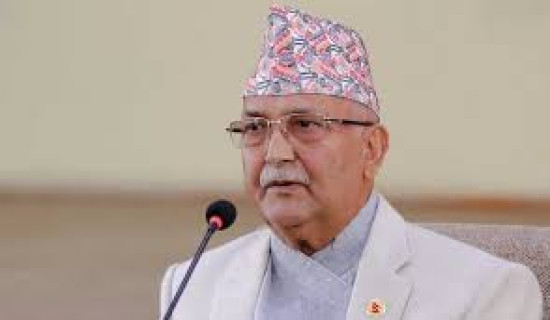

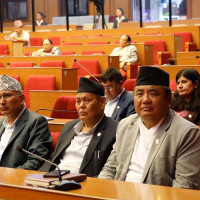

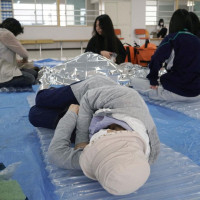
-square-thumb.jpg)
-original-thumb.jpg)

